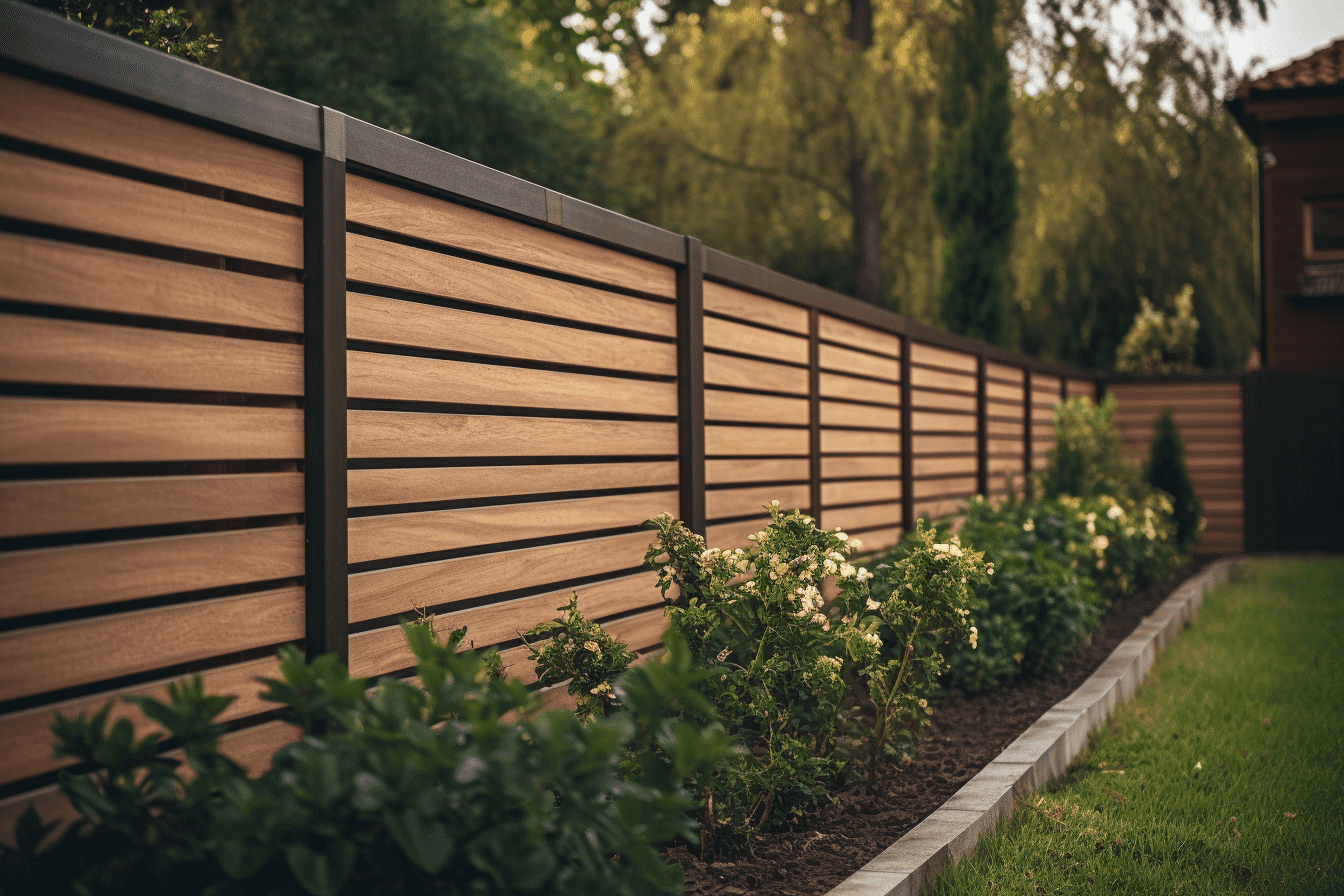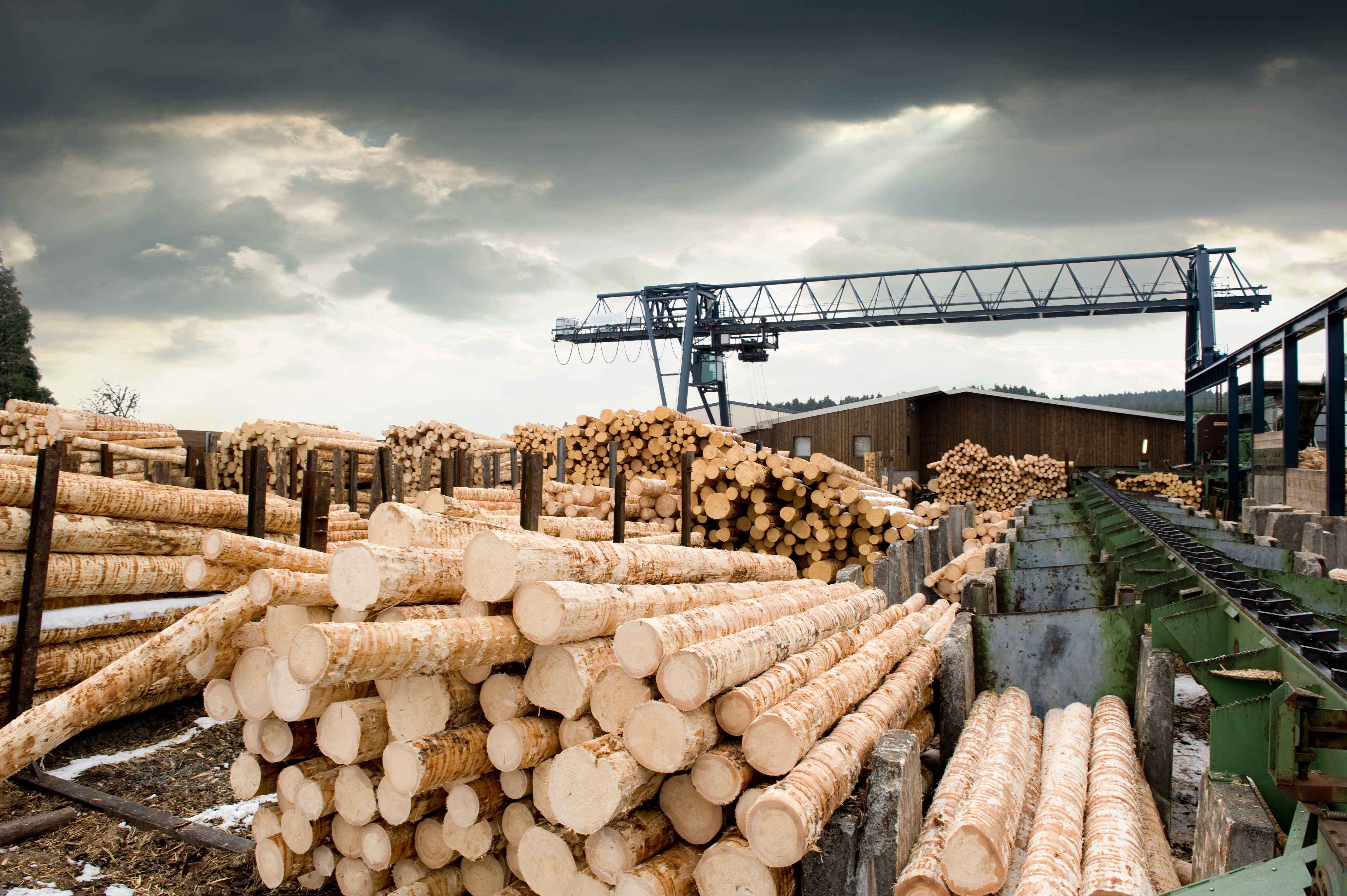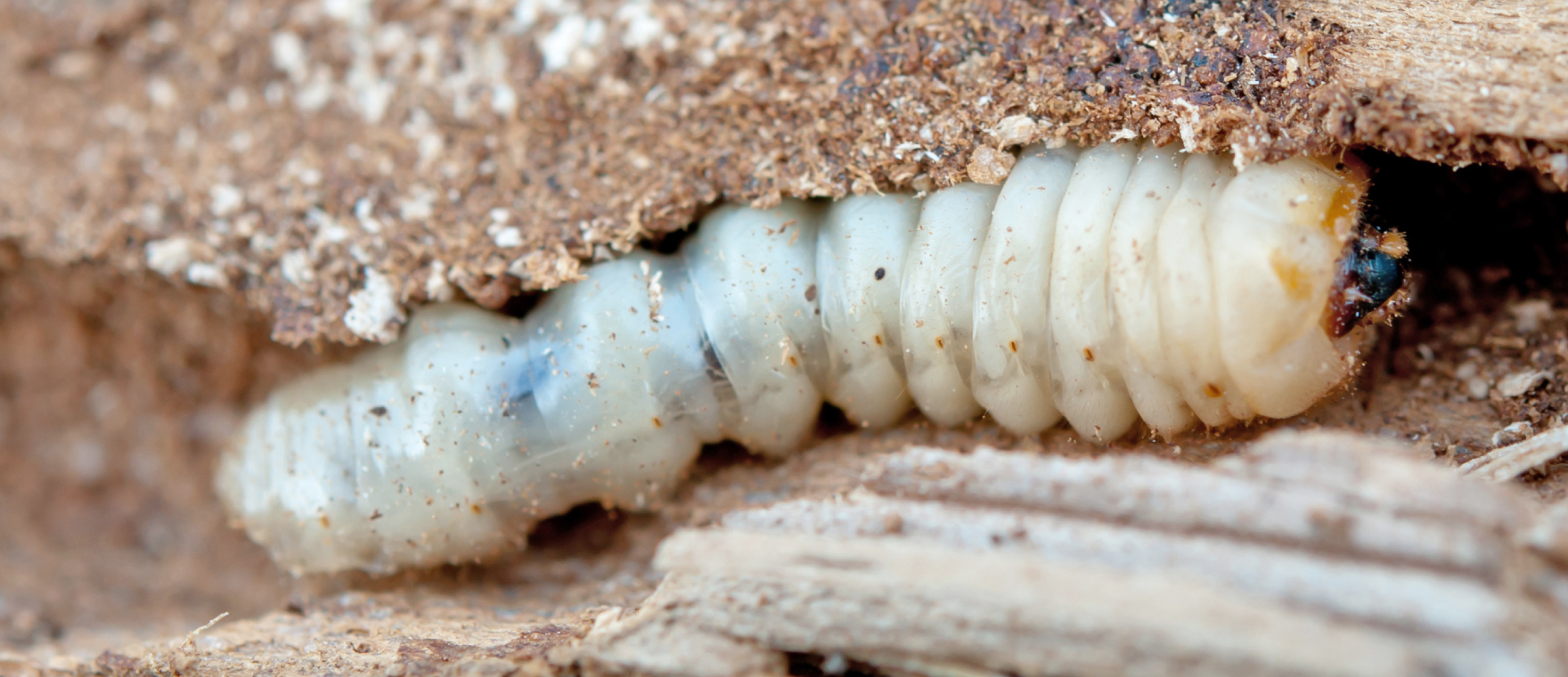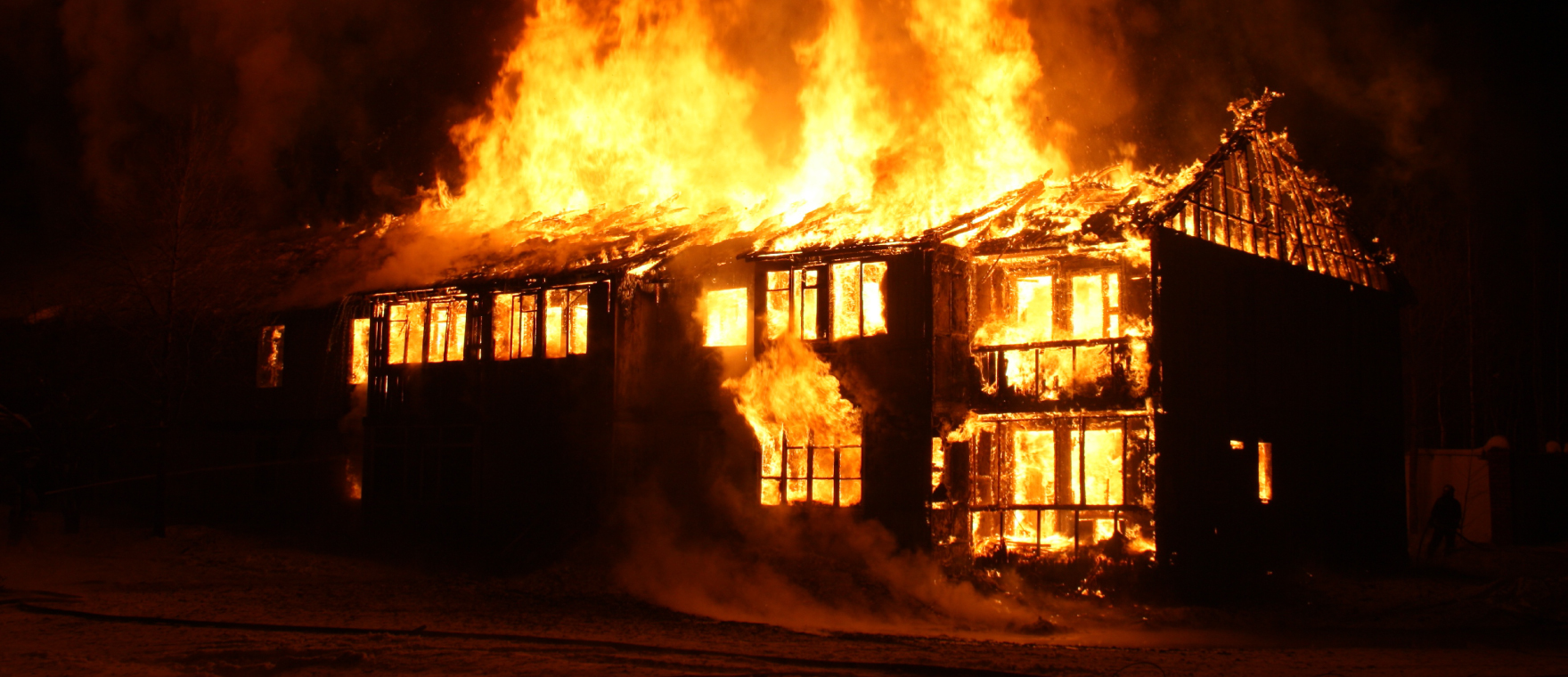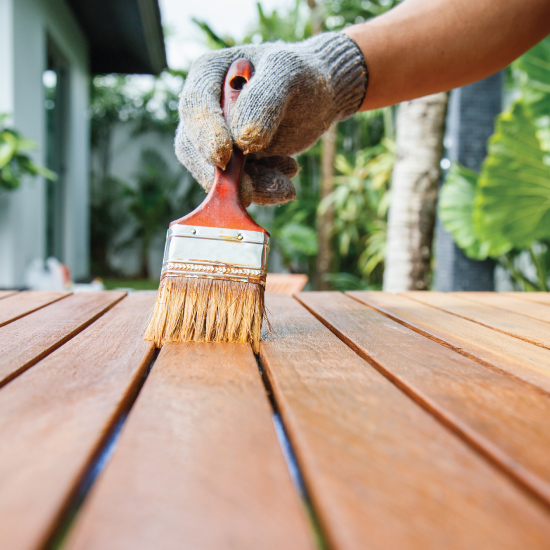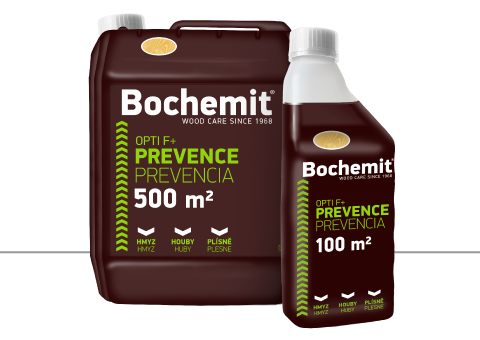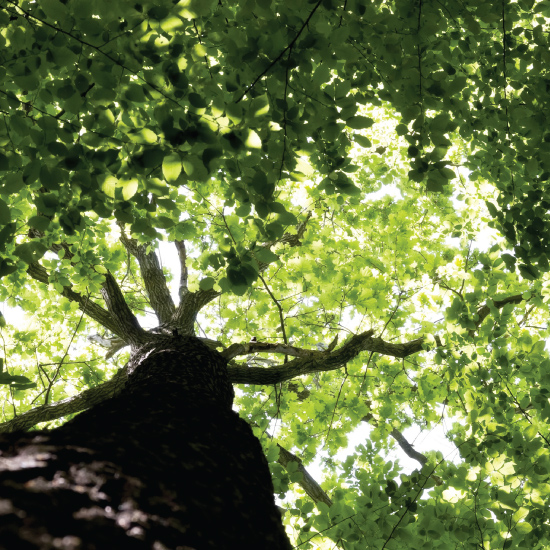Once you have chosen the best BOCHEMIT product for you (get advice on product selection here), it’s time to roll up your sleeves and get down to work.
- Carefully read the directions for use indicated on the label of your chosen product and on our website.
- Before impregnating the timber, prepare the timber surface according to the directions for use - remove all bark residues, old coats of paint and debris, which can prevent impregnating agents from soaking in. New timber does not need to be planed - impregnating solutions actually soak better into unplaned wood than planed wood.
- For the preservative to be deposited uniformly and evenly across the timber surface, treatment with BOCHEMIT products should take place at temperatures of +5°C to +30°C.
- Mix well before use! Then dilute the concentrate as recommended on the label. The optimal concentration of each impregnating age
- )nt is always as recommended by the manufacturer based on independent effectiveness testing. The mantra of “the more concentrated, the better” does not always ring true. More concentrated solutions can dry on the surface, before soaking into the timber.
A PRACTICAL EXAMPLE OF DILUTION
to impregnate To impregnate fence slats, we measured that an area of 55m2 would have to be impregnated. On that basis, we opted for a 1kg tub of BOCHEMIT Opti F+. The product will be coated on.
On the label, the directions for dilution are as follows:
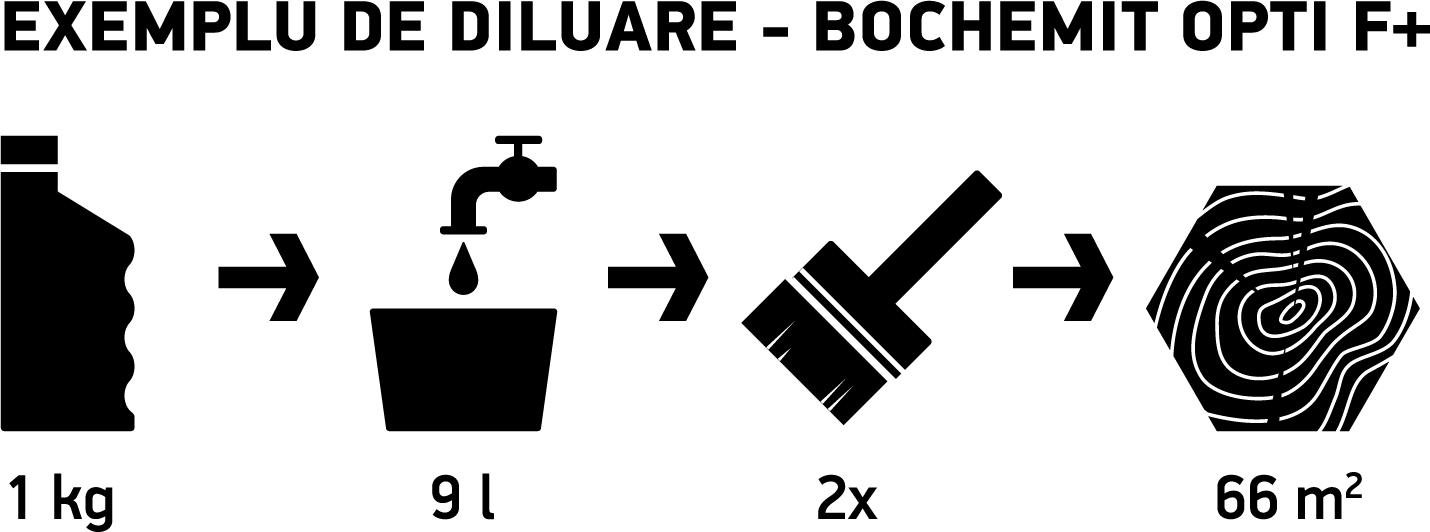
To be on the safe side, we recommend preparing a slightly higher volume of solution than is strictly necessary (due to dripping, etc.).
Apply an even coat over the desired solution. If you have some solution left over after the first coat, you should apply a second coat to make sure that all of the solution penetrates the timber. Solution might be left over, for instance, when impregnating timber that is damp or has not been dried fully. Simply put, the higher timber’s moisture content, the less impregnating solution it can absorb. Wait until the first coat has soaked in completely (about 4-24 hours) before applying the next coat or spray.
To protect timber properly and effectively against pest infestation, the entire diluted solution should be applied evenly across the timber surface according to the directions for use. All subsequent cross-cuts, recesses, cladding and other joints made in the timber after impregnation should also be treated, as these areas are most susceptible to pests and fungi and are predominantly where the process of devastation originates.


